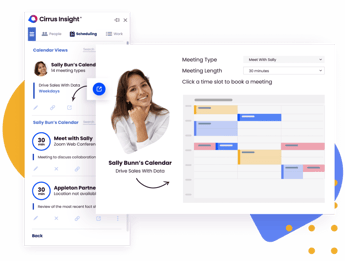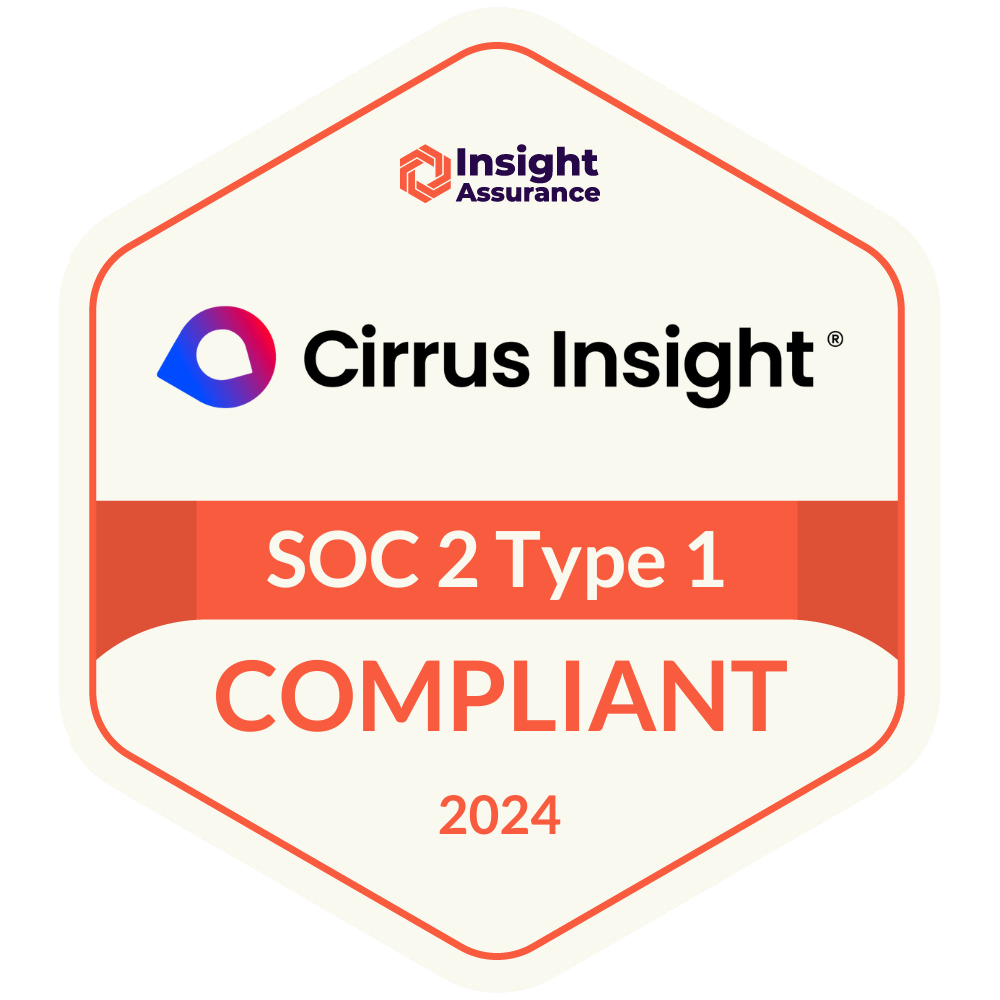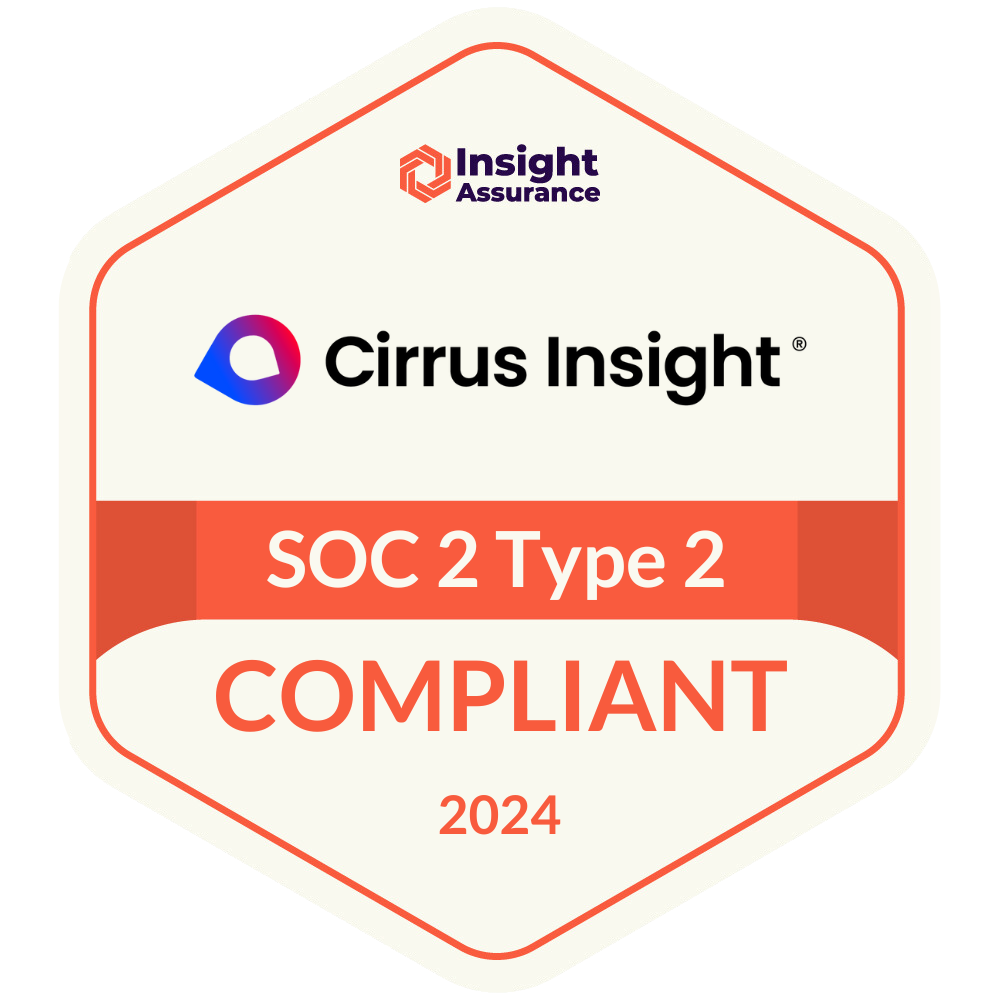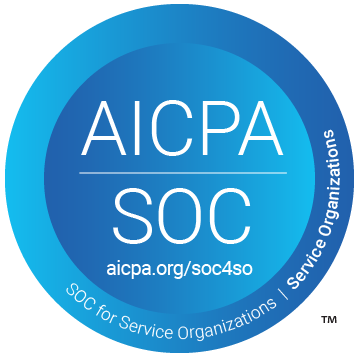- Solutions
-
Products
-
Resources
Sales Automation Tools | Cirrus Insight by Kristi Campbell View all Blog Posts >Get the App, Get the Sidebar, & Get Your Trial Going HereUnleash limitless growth opportunities by partnering with Cirrus Insight.
- Pricing
Filter By:
- All topics
- Sales Productivity
- Sales Intelligence
- Salesforce
- Sales Strategy
- Sales Prospecting
- Book More Meetings
- Best of
- Company News
- Product
- Sales Leadership
- CRM Admininstration
- Sales Metrics
- Supercharge Sales Activity
- Team Scheduling
- Admin
- serious insights
- Prospect Smarter
- Sales Activity Data
- Sales Forecasting
- Scheduling Solutions
- Prospect Faster
- Auto-Sync Everything To Your CRM
- Chrome
- Comparison
- Financial Services
- For Admins
- Getting Started
- IT & Security
- outlook
Subscribe to our Blog for the Latest Insights
Join our blog community to stay informed and receive fresh content and actionable tips directly in your inbox.
The Best Times To Schedule a Meeting by Email and How To Do It
 Since the birth of email, business owners have been using the tool to communicate with one another. Whether it’s a simple question or a follow-up to a meeting, email has become the go-to method of communication in today’s business world.
Since the birth of email, business owners have been using the tool to communicate with one another. Whether it’s a simple question or a follow-up to a meeting, email has become the go-to method of communication in today’s business world.
When scheduling a meeting, email is often the most convenient way to coordinate everyone’s schedules and ensure all participants are on the same page. But there’s more to consider than just hitting “send” in 2022. You also have to think about numerous things when it comes to emailing a customer, such as frequency, being authentic, the how-tos, as well as the best times to schedule a meeting so that you receive the highest response rate.
With that in mind, here are some helpful tips on email scheduling, including the best times to schedule a meeting and how to format your email so that it gets the best response.
The benefits of using email to schedule meetings
Before diving into the best times to email potential clients and customers, let’s first explore the benefits of using email as a method of scheduling meetings. In a time where social media seems to be the primary way of communication, it’s important to remember that email still very much has a place in business. Listed below are three benefits of using email to schedule meetings:
1. Easily connect with potential clients or customers
In the business world, time is money. And one of the great advantages of using email to schedule meetings is that you can easily connect with prospective clients or customers without having to leave your desk or even pick up the phone.
2. You’ll get a written record of the meeting
Another great benefit of using email to schedule meetings is that it creates a written record of the meeting. This can be extremely helpful for small businesses or startups who need to keep track of every interaction with potential customers/clients.
3. The ability to add additional information about your company
Lastly, impressions are important, especially when first trying to establish a relationship with a potential client.
When scheduling a meeting via email, you have the opportunity to add additional information about your company, such as your website or recent blog posts. This is a great way to leave a lasting impression, further introduce yourself, and potentially lead them down a sales funnel.
Now that we’ve dived into the benefits of using email to schedule meetings, let’s explore the best times to email potential clients or customers and the perfect way to format your email.

The best times to schedule a meeting by email
Just as there are the best times to call or meet in person, there are also the best times to email prospective clients or customers. After all, you want to be sure that your email stands out in their inbox. And while there may not be a definitive answer, there are certain times that have proven more effective than others.
The best times to email potential clients or customers are:
- In the morning: Emails sent in the morning are typically opened and responded to quicker than those sent later in the day. Plus, if you’re emailing a customer to schedule a meeting for 1 p.m. today, they’re more likely to make it since they have a few hours to prepare.
- During the work week: Emailing during the work week will ensure that your message is seen and responded to promptly.
- Right after you’ve spoken: If you’ve recently spoken with a potential client or customer, they’re more likely to remember you and respond to your email.
- Around 1 p.m.: Studies have shown that response rates are highest around this time as many are taking lunch and using some of their free time to go through their inbox. The 1 p.m. timeframe also isn’t too early when a potential client or customer may have already forgotten about you or too late when they may have already started to wind down for the day.
Try all these times to see what works best for you and your potential clients/customers. Also, note that what may work for one person or business may not work for another, so it’s important to experiment to see what gets the best results.
How to schedule a meeting by email
Now that you know the best times to email prospective clients or customers, you may be wondering how to schedule a meeting by email.
Here’s a quick and easy guide on how to do it:
1. Write a clear subject line
The first step is to write a clear and concise subject line. It should be short and to the point and clearly state what the email is about. For example, “Schedule a meeting” or “Request for a meeting” along with your company name are both great options.
2. Use a polite greeting
When emailing a potential client or customer, it’s important to use a polite and professional greeting. “Hello,” “Good morning,” and “Hi” are a few good options.
3. Introduce yourself (if necessary)
If you’re emailing someone you haven’t spoken to before, it’s important to introduce yourself. Start by telling them how you found their contact information and explain why you’re emailing them. If you are a freelancer trying to sell a service, inform them of how you charge an hourly rate or a project rate. Give as much detail as possible.
4. Explain why you want to meet
The next step is to explain why you want to meet. Be sure to keep your explanation short and clear as well. If you’re emailing a potential client, you may want to mention that you have a solution to their problem. If you’re emailing a potential customer, let them know you have a product or service that adds value to their company.
5. Offer a few dates and times
After you’ve explained why you want to meet, it’s time to offer a few dates and times that work for you. When choosing dates and times, be sure to keep the other person’s schedule in mind as well. It’s also important to offer a few appointment scheduling options so that the other person can choose the platform that works best for them.
6. Follow up
Finally, be sure to follow up after the meeting. Don’t get discouraged if you don’t receive a response right away. Sometimes people are busy and need time to think about your offer. If you don’t hear back after a few days, send a polite follow-up email.
Final Thoughts
We hope you’ve found this guide on the best times to email potential customers and how to do it helpful. Don’t think of sending emails as a chore but rather as an opportunity to build relationships and grow your business. With a little bit of effort, you’ll be sure to see results in no time.
Book Meetings Easier to Hit your Numbers
Automate scheduling and let Cirrus Insight sync everything with Salesforce.






